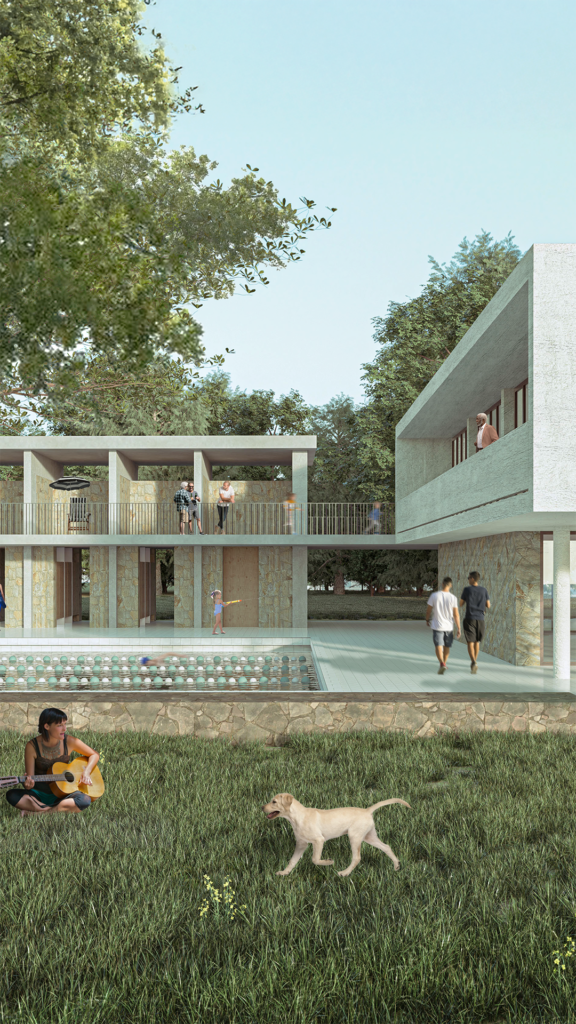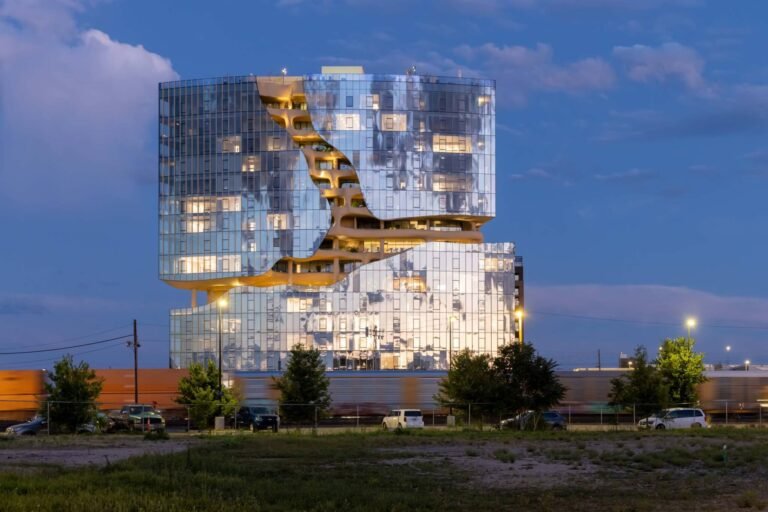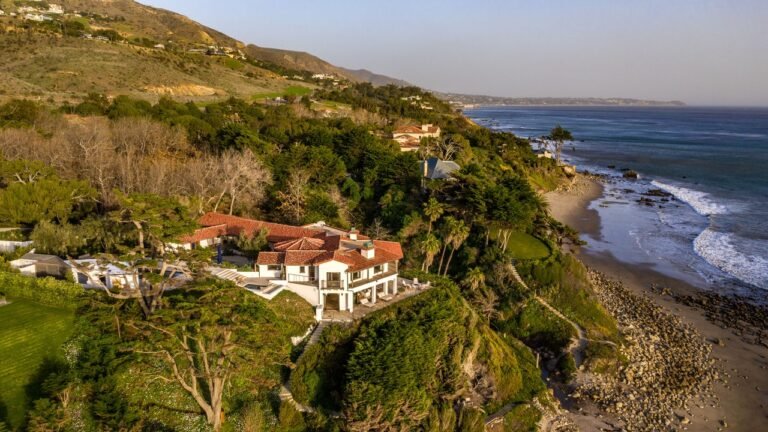Pragmatic Utopia: How Reality Finally Caught Up with Fiction in BIG’s Latest Monograph
Pragmatic Utopia: How Reality Finally Caught Up with Fiction in BIG’s Latest Monograph

Architecture, with all its practitioners, academics, and theorists, have long been exploring utopic ideas with hopes of turning them into something concrete for the sake of a better world. But as the world heads towards an even greater polarization than it currently has, the architecture practice found itself having to adapt to the current systems of the planet, constrained by its ever-growing conditions. Slowly, practitioners realized that utopia can not truly be seen as the ideal solution, and needed to be readapted or morphed with other concepts for it to actually work. DETAIL’s latest monograph BIG. Architecture and Construction Details / BIG. Architektur und Baudetails, a rapport between BIG’s imaginative, unbuilt utopias and functional, built architecture, explores 20 projects from the firm’s workshop.
Derived from the Greek word “ou-topos”, which means “no place” or “nowhere”, the term “utopia” was originally coined by Thomas More in 1516, in a book of the same name. A utopian society describes an idealistic civilization; a perfect place without any obstacles, differences, or inequalities that promotes the improvement of society and ensures that everyone has the exact same assets and values.

Since utopia emits the illusion of perfection, this concept has mostly been seen in science fiction movies and books. In architecture, it has been expressed through ideas of a self-sufficient, independent, cohesive projects, as there hasn’t been any clear physical characteristics or design elements that defined utopic designs. This lack of definition and restriction allowed architects to disregard consumer-driven projects and prioritize comfort over complying with structural guidelines, focusing on the social, economic, and political values of the urban fabric, and ensuring that the built environment is providing harmony within the community. Aesthetically, architects were inspired by abstract works of art and fictional movies, a style that stood against the cruelties and injustices of the world, and put an end to the wars waged between countries.
Related Article
Early 20th century, modernists, futurists, and constructivists saw themselves as innovative pioneers with a mission to create a new, and better civilization. In 1968, Ricardo Bofill Architecture Workshop’s published a manifesto responding to the demands of societies that are in constant transformation. This launched the idea of the City in Space, proclaimed as an absolute architecture that’s capable of “resolving all the complexities of its contemporaneity through a unique open, flexible, and three-dimensional model”. Soon enough, projects that were deemed impossible such as those of Arata Izozaki with the City in the Air (1961), Yona Friedman with his Space City (1964) or Kisho Kurokawa with his Helical City (1961) were being highlighted again, proving that these projects were not too far fetched. In 1924, Le Corbusier’s Ville Radieuse (Radiant City) was never actualized, although many of its principles influenced contemporary urban planning. In 1932, Frank Lloyd Wright’s utopic proposal aimed to create the perfect harmony between built and natural environment, so he imagined Broadacre City, where at least one acre of ground was assigned to each household, and removed everything that was urban.

However, this notion of perfection, self-reliability, and isolation caused by utopic societies was sure to create dissonance among all aspects of the community, mostly because these ideals serve as constraints rather than guidelines – even more so now that the entire world is witnessing detrimental effects of climate change, unstable economies, and reliance on digitalized and artificial-driven practices. This reality launched what’s called “pragmatic utopia”, a utopia that combines an unattainable ideal with pragmatism, creating an almost ideal fragment of the world. First coined by architect and bioregional planner Davidya Kasperzyk, the term was further explored by Bjarke Ingles Group (BIG), describing an architectural style that pursues a perfect world through designs tempered by reality.

When the global economy collapsed in the summer of 2008, all our commissions disappeared in one fell swoop and we had to start all over again. All in all, I don’t think we are any less experimental today than we were in the beginning. The big difference between now and then is that a lot of our wild fantasies have become a reality. That’s why we’re actually being taken seriously now. Many of the concepts we developed in the past are finally finding a set of conditions where they can actually happen. — Bjarke Ingels

BIG’s The Twist – Kistefos Museum in Jevnaker, Norway represents the firm’s approach of pragmatic utopia. Using a lot of wood, water, and a slightly sloping terrain perfect for exploiting hydropower as a source provided ideal conditions for the Kistefos cellulose factory. For the Tirpitz Museum in Blåvand, Denmark, the office extrapolated the existing topography and concealed the main part of the 2,800-m² area of the building beneath the ground. In addition to its unique form, many pragmatic and detailed solutions contribute to the convincing overall impression made by the museum building. Another venture by BIG is the Hyperloop, a tubular transit system that relies on maglev (magnetic-levitation) technology to transport passengers or cargo at speeds in excess of 700 miles per hour.

Only when an idea has crossed the threshold from fantasy to reality, and moves from the virtual world of images and data into the real world of atoms and spaces, does it gain tactility and credibility. — Bjarke Ingels

Answering the question of “what will be the future of architecture?“, architects are relying on the intelligence of materials, such as regenerative bio-concrete, carbon concrete, hydro-ceramics, and self-cleaning materials. As cities continue to develop, new tools are emerging to help envision and create the future built environment, with the help of machine learning, artificial intelligence, and generative design. Speaking of artificial intelligence, the world is also witnessing a major shift from the real world into digital platforms, particularly with the amplification of the Metaverse last year, which generated a new debate on the values of architecture in the digital age.
Architects today are also looking beyond the boundaries of planet Earth. BIG is in the process of building the first-ever-house for four people on the Moon, using existing resources, generating new tectonics and vernacular architecture. Elaborating on how there will be 3D-printed buildings in space in the near future, Bjarke explains that the actual implementation, which tends to sound like fiction, would involve obsidian-like material, similar to what “dragon glass” is in the television series “Game of Thrones”. Using a solar laser, moon dust (also called lunar regolith), can be solidified to produce a kind of moon obsidian.







